Daniel Salzler No. 1146
EnviriroInsight.org Two Items April 22, 2022
—————Feel Free To Pass This Along To Others——————
If your watershed is doing something you would like others to know about, or you know
of something others can benefit from, let me know and I will place it in this Information newsletter.
If you want to be removed from the distribution list, please let me know.
Please note that all meetings listed are open.
Enhance your viewing by downloading the pdf file to view photos, etc. The
attached is all about improving life in the watershed. If you want to be removed from
the distribution list, please let me know. Please note that all meetings listed are open.
Check our website at EnviroInsight.org
1.Wildfires Are Burning Out Of Control In The North, West And South Portions Of Arizona. What are the looming dangers.
According to the Wall Street Journal (March 17, 2022), The deadly wildfires that scorched southeastern Australia in 2019 and 2020 triggered atmospheric changes miles high and thinned the ozone layer over large parts of the Southern Hemisphere for months, new research shows.
The research, published on April 14th in the journal “Science”, suggests that wildfires pose a new threat to the ozone layer globally and that their effects on human health might be greater than previously recognized.
Ozone blankets the Earth in an invisible layer 9 to 18 miles above the ground, absorbing dangerous ultraviolet radiation from the sun. Radiation damages living cells, and research has linked a decrease in ozone levels to an uptick in the incidence of skin cancer and cataracts in humans. A 10% drop in atmospheric ozone could lead to 304,500 additional skin-cancer cases globally, according to the World Health Organization.

In other organisms, ultraviolet radiation exposure has been linked to developmental damage in amphibians and disruptions in the growth of plants.
The intense fire season during the “Black Summer” of 2019 and 2020 blasted moist smoke particles into the stratosphere, where they sparked chemical reactions that ate away at the ozone, according to the research.
[Wearing Masks to avoid Covid may be needed to keep us healthy from all of the particulates and petrochemicals produced byArizona wildfires]
“We noticed some unprecedented changes in the atmospheric composition,” said study co-author Peter Bernath, an atmospheric chemist at Old Dominion University in Norfolk, Va. “The new thing is that the smoke from the stratosphere causes these changes.”
The new research corroborates and extends the work of another recent study, published earlier this month in Proceedings of the National Academy of Sciences.
“Both of the papers point towards satellite measurements that show that atmospheric ozone is being affected by the wildfires,” said Susan Solomon, an atmospheric chemist at the Massachusetts Institute of Technology and the leader of the earlier study. That research calculated an overall drop in ozone levels of about 1% above the mid-latitudes of the Southern Hemisphere in March 2020. Dr. Solomon’s team included Dr. Bernath.
Rising global temperatures and drier conditions are leading to more-frequent massive wildfires around the world, according to the Intergovernmental Panel on Climate Change, a scientific body convened by the United Nations. Scientists have used the emerging field of attribution science—which uses rigorous mathematical tools to assess whether extreme weather events are influenced by climate change—to show that climate change contributed to the severity of the Australia blazes during the “Black Summer.”
The frequency of extreme wildfires will likely rise 30% by 2050, according to a report published in February by the U.N. Environment Programme. In the U.S., fire seasons are getting longer, and blazes are getting larger. Climate-related changes doubled the area burned in forest fires in the western U.S. between 1984 and 2015, according to a 2018 National Climate Assessment, which summarizes the state of climate science with a focus on the U.S.
For the Science study, Dr. Bernath and his colleagues used satellite data to track atmospheric ozone levels over the middle latitudes of the Southern Hemisphere from January to December of 2020. The levels began dropping in April but took eight months to recover fully, they found. The research team also measured an increase in ozone-destroying chlorine compounds during that time.
“Clearly these fires are doing chemistry that we don’t fully understand yet, that is capable of basically activating the chlorine and giving you more ozone loss than you would otherwise have,” Dr. Solomon said of the wildfire-related ozone depletion.
The changes were triggered by the presence of smoke particles that were sucked into the upper atmosphere by fire-driven “pyrocumulonimbus” thunderclouds, according to the researchers. These anvil-shaped clouds suck in wildfire smoke and shoot it high into the atmosphere, akin to how volcanic eruptions propel ash miles high.
Fire-generated thunderclouds have been recognized as a phenomenon only in the last decade, and their effects on the atmosphere are poorly understood. The Australia fire outbreak was noteworthy because it lasted months and sent up a record number of such plumes.
“The chemical effects and the chemical transformations of smoke in the stratosphere—it’s very much a new thing in terms of the effects of these giant plumes,” said Dr. Peterson, an expert on pyrocumulonimbus clouds.|
In the 1970s, scientists began noticing that chlorine- and fluorine-containing chemicals in consumer products and refrigerants were eroding the ozone layer, leading to an uptick in solar radiation reaching the Earth’s surface. In 1987, 197 countries agreed to the Montreal Protocol, an international treaty that banned the use of some ozone-destroying compounds. In the last decade, scientists have reported that ozone levels were on the mend, forecasting that the layer could recover by about 2060.
But supercharged wildfire events threaten that rebound.
“It’s fair to say that, at least for a few months, these wildfires canceled out the last decade of all the efforts that we put in over the Montreal Protocol,” said Dr. Solomon, who in the 1980s deciphered the atmospheric chemistry related to the Antarctic ozone hole. “I think there’s every reason to believe this is going to happen more often, and it’s going to act to slow down the recovery of the ozone depletion.”
Write to Nidhi Subbaraman at [email protected]
2. Earth Day 2022 This Friday. For the past 50 years, Earth Day has been celebrated by billions of people around the globe, annually every April 22, to join together in promoting awareness for the health of our environment. Why should we continue to celebrate this holiday? Some people may view it as just another holiday, or an excuse to wear green and a flower crown, similar to St. Patrick’s Day, but with serious concerns about our changing environment being studied and addressed today by prominent scientists, politicians, and young climate change activists alike, some people are adapting to more environmentally friendly ways of living — every day, not just on April 22 every year. Cue the composting, recycling, repurposing, carpooling, thrifting, and metal straws to save the turtles.
HISTORY OF EARTH DAY The idea for Earth Day was originally born in 1969, when a US Senator named Gaylord Nelson, witnessed the effects of a massive oil spill in Santa Barbara, CA. He called to action all Americans to take a stand for the environment in 1970, and thousands of colleges and universities across the United States organized protests for a healthy, sustainable Earth. This included air pollution from factories and freeways, as well as the loss of habitats for animals and animal extinction. Because of these national rallies, the first Earth Day helped create the United States Environmental Protection Agency and the Clean Air, Clean Water, and Endangered Species acts into law.
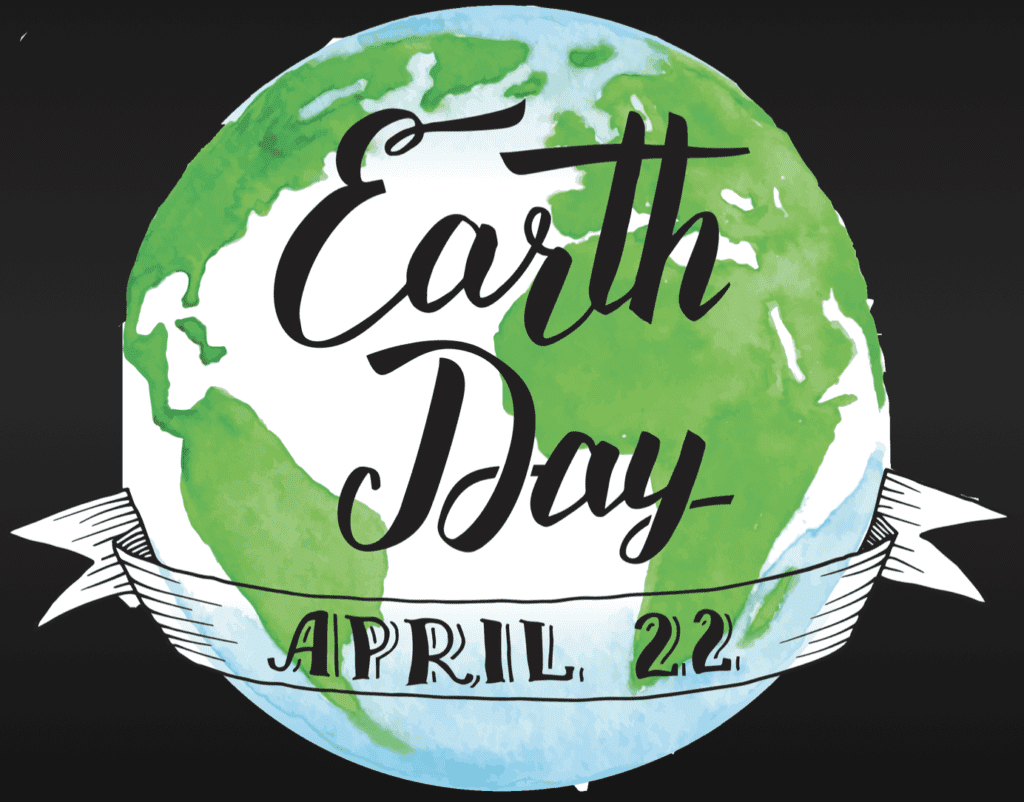
Today, we have similar concerns, and unfortunately they are even messier than that original oil spill. Increasing natural disasters, extreme weather, and rising global temperatures may seem impossible for one human, let alone millions or even billions of humans, to slow down, or stop. It has been reported that coral reefs are dying, we see pictures of animals on land and in the ocean with trash in their bellies or around their body, and corporate factories and large companies around the world continue to pollute our air and our living spaces.
But a small action, like picking up litter on the sidewalk that may have otherwise ended up around the neck of an animal or in the ocean, still makes an impact — a step in the right direction, and an important change.
EARTH DAY ACTIVITIES
Reduce your carbon footprint
Get creative with new ways to switch up your commute, or a part of your daily routine. Instead of driving to your destination, carpool with friends, take public transportation, walk, skate, scooter, or ride a bike. Depending on the weather, you may enjoy this new form of travel even more than sitting in traffic.
Reuse, and recycle your wardrobe
Though it may seem insignificant in the grand scheme of things, your closet and your shopping habits can actually have a negative effect on our environment. By buying thrifted or gently used outfits online, new resources aren’t used to make more clothes that will eventually end up being repurposed, reused, or in a landfill. Some studies have shown that online shopping is better for the environment because it takes about 30% less resources to sell items online.
Switch up your diet
Most people may know that food production accounts for one-quarter to one-third of all greenhouse gas emissions worldwide, and the majority of the blame falls on the meat industry. The BBC recently reported that if the entire world became vegetarian and ate no red meat by 2050, food-related emissions would decrease by about 60%. If the world went vegan instead emissions would decrease around 70%. It may be time to try out the new ‘Beyond Meat’ burgers.
CBS Earth Day Facts
1. True or False: The fashion industry in 2018 produced 4% of the world’s greenhouse gas emissions.
TRUE: The fashion sector in 2018 was responsible for approximately 2.1 billion metric tons of greenhouse gas emissions, which is about 4% of the global total, according to a 2020 report authored by the sustainability nonprofit Global Fashion Agenda and management consulting firm McKinsey and Company.
The study found that 70% of the fashion industry’s emissions came from what’s known as upstream activities like materials production and processing. Researchers forecast greenhouse gas emissions from the fashion industry to rise to nearly 2.7 billion tons each year by 2030 if no further action is taken over the next decade.
“People typically only get a few uses out of these items and then throw them away, contributing to more waste and emissions,” Yaheya Heikal, CEO of the environmental management company Futurae Vision, told CBS News. “Our clothes should last for years, not a few uses.”
2. True or False: Natural disasters in 2021 cost the United States more than $200 billion.
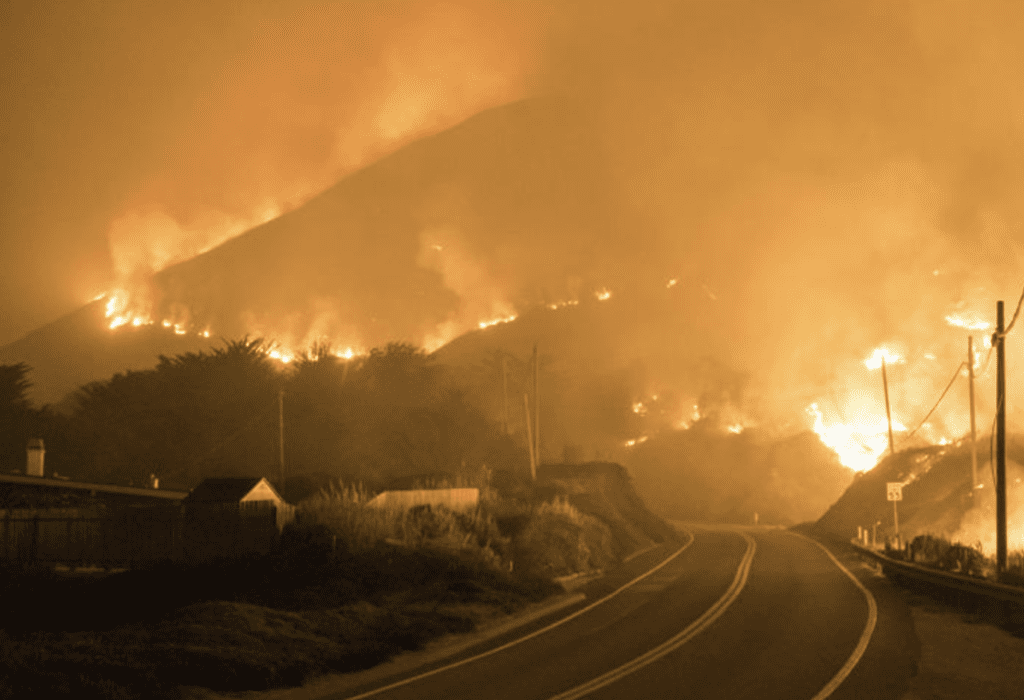
FALSE: In 2021, natural disasters cost the United States approximately $148 billion, according to the National Centers for Environmental Information.
The agency counted 20 weather and climate disasters including flooding, wildfires and tropical cyclones in 2021, which resulted in the deaths of 724 people. Since 1980, the country has experienced 323 weather and climate disasters, costing in excess of $2.195 trillion.
3. True or False: The food service industry contributed to 50% of global food waste in 2019.
FALSE: The food service industry produced 26% of the 931 million tons of food waste generated in 2019, according to a report published in 2021 by the United Nations Environment Programme. Researchers found that an estimated eight to 10% of global greenhouse gas emissions are associated with food that isn’t consumed.

The study calls for countries to make more of an effort in measuring food and inedible parts thrown away at both the retail and consumer level. Researchers also called for countries to track food waste and to address the role that consumers play in it.
The Environment Programme’s executive director Inger Andersen said food waste “burdens waste management systems, exacerbates food insecurity, making it a major contributor to the three planetary crises of climate change, nature and biodiversity loss, and pollution and waste.”
“There is growing evidence of success in reducing food waste,” Anderson said. “If food loss and waste were a country, it would be the third biggest source of greenhouse gas emissions.”
4. True or False: Approximately 80% of the world’s wastewater flows back into the ecosystem without being treated or reused.
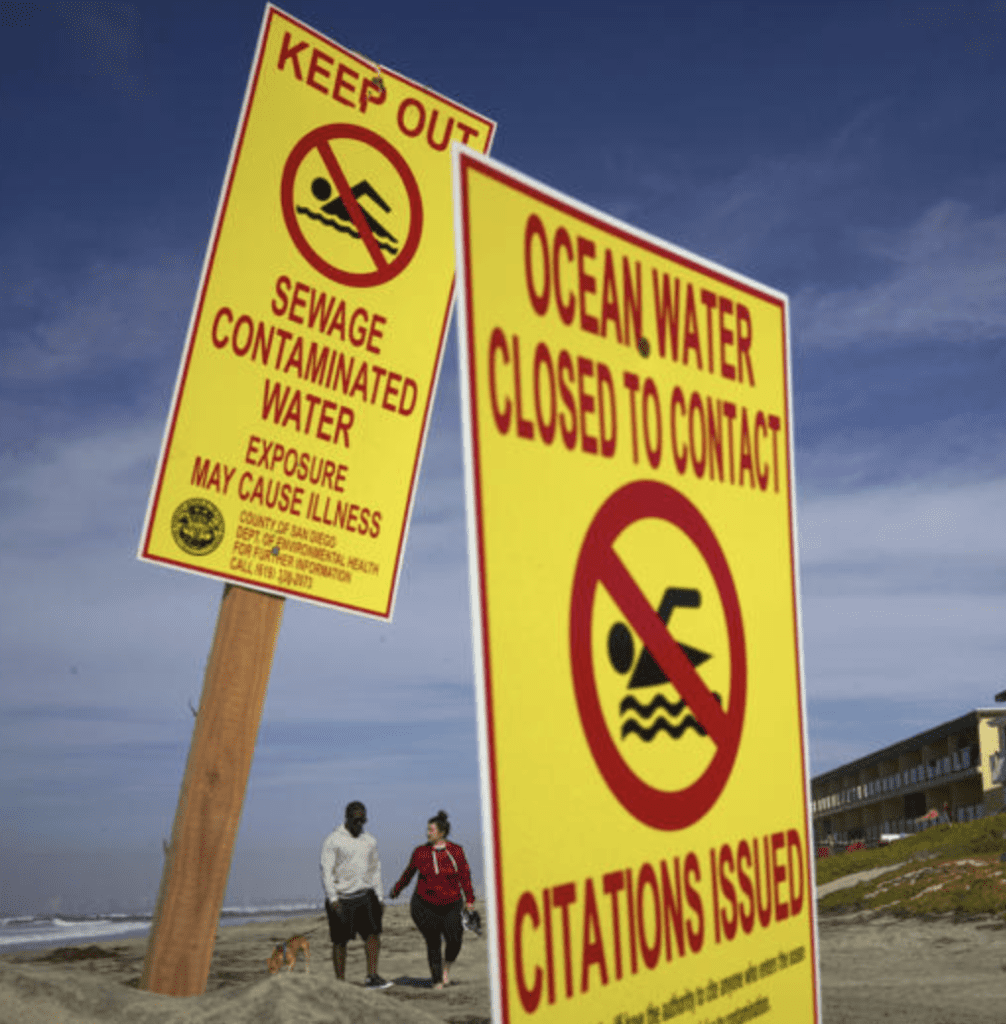
TRUE: According to the United Nations, 80% of the world’s wastewater flows back into the ecosystem without being treated or reused and approximately 44% of household wastewater isn’t safely treated across the globe. Because of this, around 1.8 billion people worldwide utilize a drinking water source that’s potentially contaminated with feces. Those consuming untreated water are at risk of contracting diseases such as cholera, dysentery, typhoid and polio.
The United Nations reports that low and lower-middle income countries are at the greatest risk of exposure to pollutants in water because of higher population, the lack of wastewater management systems and economic growth.
“As populations grow and natural environments become degraded, ensuring there are sufficient and safe water supplies for everyone is becoming increasingly challenging,” the UN said. “A major part of the solution is to produce less pollution and improve the way we manage wastewater.”
5. True or False: Each of the last four decades has been increasingly warmer than any decade that preceded it.

TRUE: According to the Intergovernmental Panel on Climate Change, the last four decades have each been successively warmer than any decade that came before it since 1850. Scientists concluded that greenhouse gases from human activities are behind the approximate 1.1 degree Celsius of warming between the years 1850 to 1900.
The United Nations chief António Guterres warned this month that the planet is on the path to global warming of more than double the 2.7 degrees Fahrenheit limit agreed upon in the 2015 Paris Climate Agreement. He said the world is “already perilously close to tipping points that could lead to cascading and irreversible climate effects.”
“This is not fiction or exaggeration,” Guterres said. “It is what science tells us will result from our current energy policies.”
6. True or False: Carbon dioxide emissions in 2020 reached the highest level of concentration at the planet’s surface in at least the last 800,000 years.
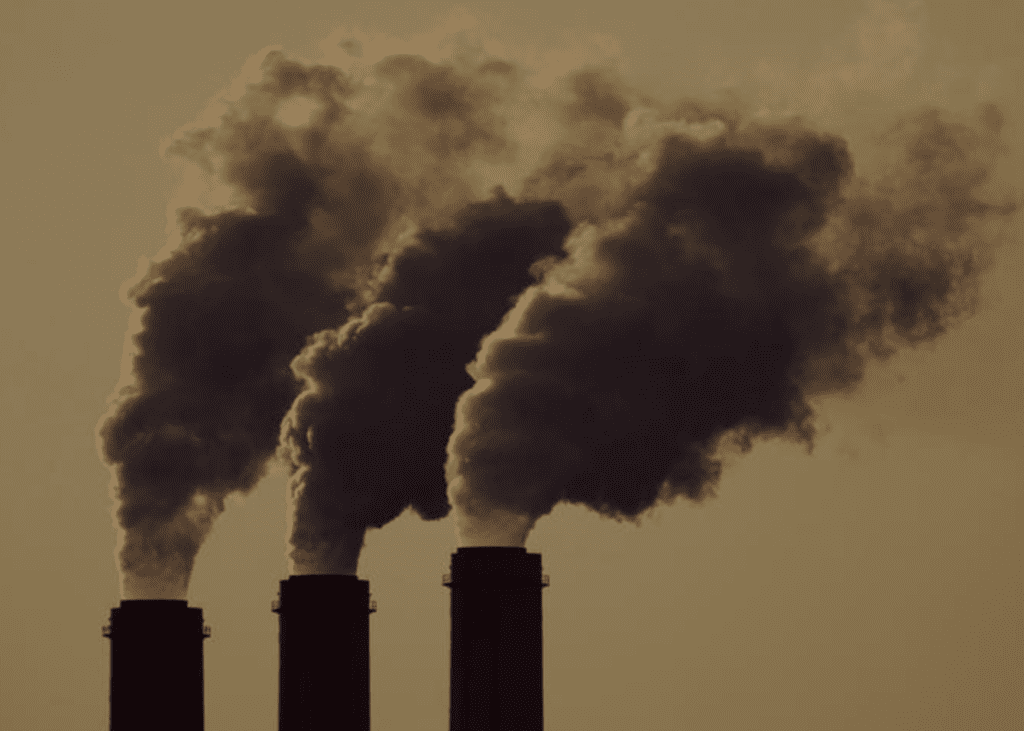
TRUE: Despite a 6% to 7% reduction of carbon dioxide emissions as a result of COVID-19 shutdowns, carbon dioxide emissions in 2020 reached its highest level of concentration at the planet’s surface in at least the last 800,000 years, according to the 31st annual State of the Climate report published by the American Meteorological Society and led by the NOAA.
Scientists found that the year-over-year increase in global carbon dioxide levels over the past half century has tripled, resulting in above-average temperatures across the world. Global sea levels in 2020 reached their highest point, highest average ocean heat content and experienced the most tropical cyclones in history.
“We have altered our planetary home to such an extent that we are making it difficult for society, business, and government to function as usual,” John Opperman, executive director of the nonprofit Earth Day Initiative, told CBS News. “We have to come to terms with the changes we have brought about already and work to remedy them so as to avoid the worst effects of climate change. The only thing that can provide solace is that this is a human-caused problem so it’s within our power as humans to solve it.”
7. True or False: About 50% of a washing machine’s energy goes towards heating the water.

FALSE: Nearly 90% of a washing machine’s energy goes towards heating the water, according to the American Cleaning Institute. Households that switch to laundering solely in cold water could eliminate nearly 1,600 pounds of carbon dioxide a year, according to the Institute.
“Many garment care labels in your clothing specify to wash in cool or cold water,” the American Cleaning Institute said. “Your clothes can fade, shrink or bleed when washed in the wrong water temperature. The right temperature can prolong the lifespan of your clothes and save you money.”
8. True or False: The weight of annual plastic waste production across the globe is nearly equivalent to that of the entire human population.

TRUE: Each year, humans produce nearly 400 million tons of plastic waste, which is nearly equivalent to the weight of the entire human population, according to the United Nations Environment Programme. The environmental group reports that the amount of plastic waste generated in the early 2000s rose more in a single decade than it had in the prior 40 years. Across the world, 1 million plastic bottles are purchased every single minute and half of all plastic produced is designed for single-use purposes.
By 2050, the global production of primary plastic is forecast to reach 34 billion tons.
“We need to slow the flow of plastic at its source, but we also need to improve the way we manage our plastic waste,” the Environment Program said. “Right now, a lot of it ends up in the environment.”
9. True or False: 15 million tons of trash in total were recycled or composted in the United States during 2018.
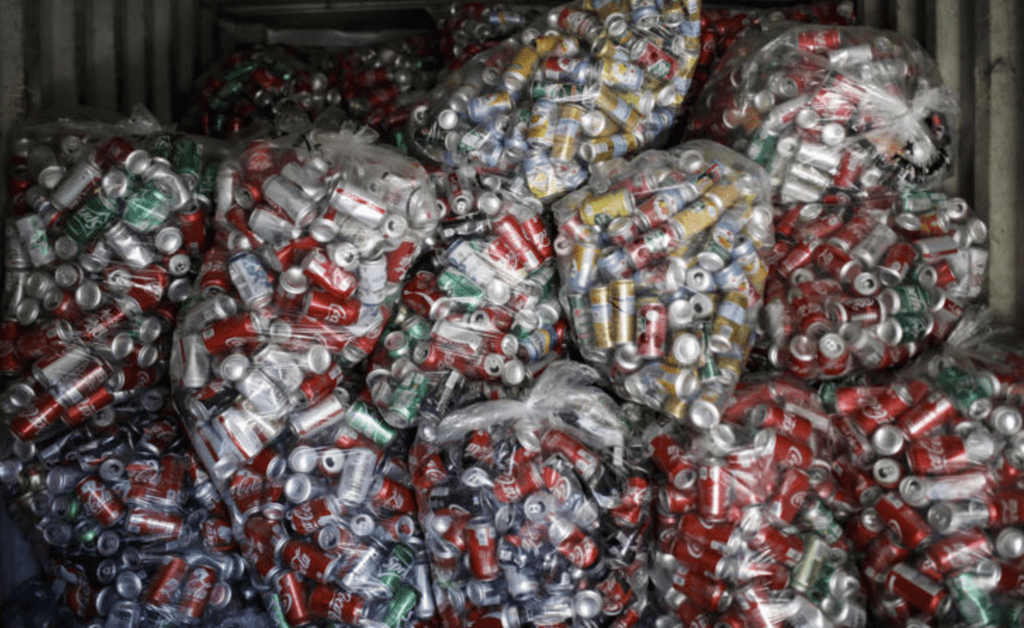
FALSE: Around 94 million tons of municipal solid waste were recycled or composted in the United States during 2018, according to the United States Environmental Protection Agency’s latest materials management fact sheet published in 2020. The agency found that the amount recycled or composted in 2018 saved more than 193 metric tons of carbon dioxide equivalent, which is comparable to the emissions that could be reduced from taking nearly 42 million cars off the road in an entire year.
Municipal solid waste, or trash, includes items like packaging, food, yard trimmings, furniture and more. Solid waste generation reached 4.91 pounds per person every day in 2018, which is an increase from 4.51 pounds per person each day in 2017.
10. True or False: The seven warmest years for the ocean have been all been in last seven years.
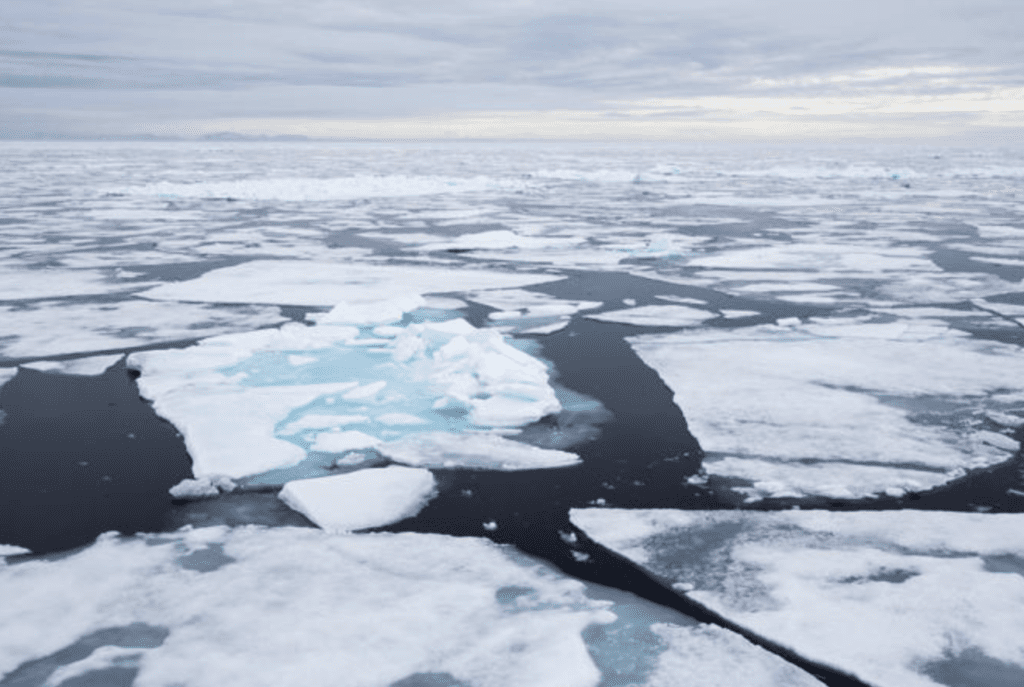
TRUE: According to the National Oceanic and Atmospheric Administration, the seven highest ocean heat content levels have all occurred between 2015 to 2021. Record-high heat was identified in 2021 across the North Atlantic Ocean, the North Pacific Ocean and the Mediterranean Sea.
Greenhouse gases in the air, which trap heat inside the Earth’s climate, drive the warming oceans because more than 90% of heat accumulates in the ocean, NOAA said.
Increased ocean heat content contributes to rising sea levels, coral bleaching, melting glaciers and ice sheets as well as ocean heat waves. The heat stored in the ocean will eventually be released and will contribute to increases in the Earth’s surface temperature, according to NOAA.
Copyright EnviroInsight 2022
